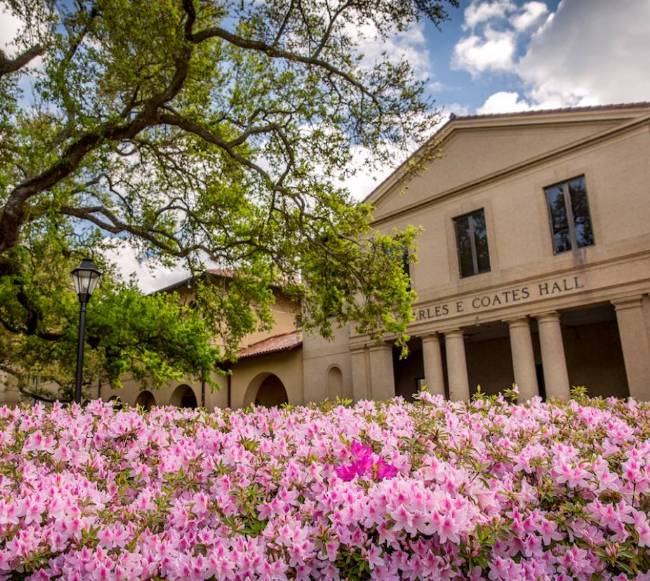LSU Research Bites: Smarter Hydroponic, Soil-Free Farm Methods Reduce Crop Contamination Risk
November 17, 2025
Hydroponics is a method for growing food in a water-based solution rich in nutrients, rather than using soil. This allows growers to plant more crops in a smaller area, saving land and water, and enabling plants to grow up to 50% faster than in traditional farming methods.



However, hydroponic systems and other methods that utilize enclosed structures, such as greenhouses or vertical farms, also present unique food safety challenges. Harmful microbes present in substrates, seeds, water, and nutrient solutions can quickly spread and contaminate a whole system.
Dr. Achyut Adhikari, Interim Director of the Food Innovation Institute (FOODii) and professor in the LSU School of Nutrition and Food Sciences, and his team are generating science-based data to ensure crop safety and quality in hydroponic systems.
Adhikari and his team collaborate with farmers and farm industry partners to develop guidance and protocols that enhance food safety, health, and sustainability.
For example, they are working on ways to prevent outbreaks of Listeria monocytogenes, a bacterium that causes illness and is often spread through contaminated produce.
While adding chemicals to kill pathogens like Listeria in hydroponic systems may seem like a possible solution, these chemicals can also destroy the beneficial microorganisms that are crucial for growing healthy foods.
Instead, Adhikari and his team are optimizing inputs like pH levels and using sterilizing ultraviolet (UV-C) light to minimize harmful pathogens without disrupting beneficial microorganisms.
In a recent study published in the Journal of Food Protection, Adhikari and his team showed that while Listeria often grew in lettuce and strawberry hydroponic solutions at neutral pH levels, a tomato nutrient solution, UV-C light, and more acidic solutions all successfully inhibited bacterial growth.
“This research offers a practical approach to enhancing food safety in hydroponic systems by managing pathogens through input optimization rather than chemical use,” Adhikari said.
The researchers are exploring other ways to enhance the safety of hydroponic agriculture, such as using boiling water to decontaminate hydroponic substrates that house plant roots.
Adhikari and his team collaborate with farmers and farm industry partners to develop guidance and protocols that enhance food safety, health, and sustainability.
Read the paper: Effect of pH, Nutrient Composition, and UV-C Light Treatment on Listeria monocytogenes in Hydroponic Nutrient Solutions
Next Step
LSU's Scholarship First Agenda is helping achieve health, prosperity, and security for Louisiana and the world.


